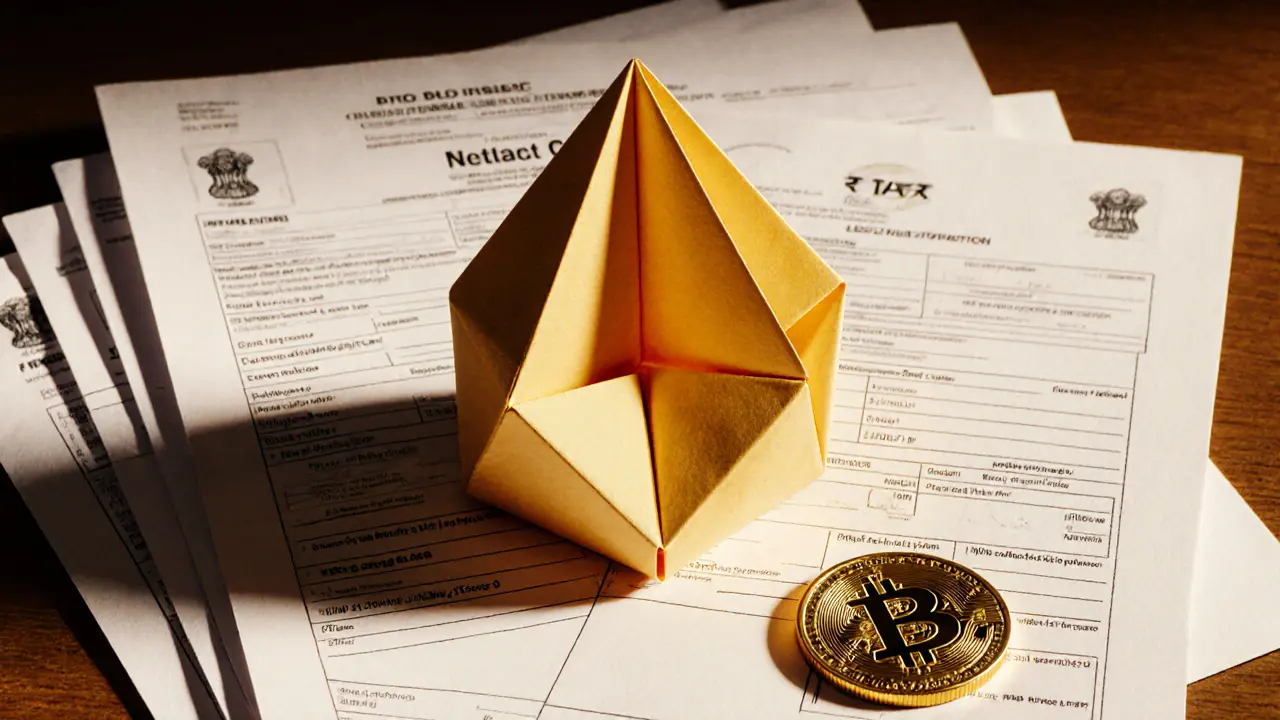VDA Regulations India: What You Need to Know About Virtual Digital Asset Rules
When the Indian government introduced Virtual Digital Assets (VDA), a legal category that includes cryptocurrencies, NFTs, and other tokenized digital items. Also known as digital assets, it is treated as a taxable property under India’s Income Tax Act since April 2022. This wasn’t just a tweak—it was a full reclassification. Before VDA rules, crypto was a gray area. Now, every trade, transfer, or gift has tax consequences. The government doesn’t care if you call it Bitcoin, Solana, or an NFT. If it’s digital and tradable, it’s a VDA—and you owe tax on it.
The core of VDA regulations in India is simple: 30% tax, applied to all gains from selling or swapping virtual assets. No deductions. No offsetting losses. If you bought Ethereum for ₹50,000 and sold it for ₹80,000, you pay ₹9,000 in tax on the ₹30,000 profit—even if you lost money on other trades. Then there’s the 1% TDS, a withholding tax on every crypto transaction above ₹10,000. Exchanges like WazirX and CoinDCX automatically deduct this. You can’t avoid it unless you’re trading peer-to-peer without using a platform. And if you receive crypto as a gift? That’s also taxable—at the market value when you got it.
These rules hit hard because they ignore how crypto actually works. Unlike stocks, where you can hold for years and defer tax, crypto is meant to move. You pay tax every time you swap one coin for another, even if you’re just moving between wallets. And there’s no reporting relief—unlike traditional assets, you can’t use loss carryforwards. If you lost money in 2023, you can’t use it to lower your 2024 tax bill. The system is designed to collect, not to be fair. It’s why many Indian traders now use offshore exchanges or avoid trading altogether.
But the rules don’t stop at taxes. The Financial Intelligence Unit (FIU-IND), India’s anti-money laundering watchdog. now requires all VDA service providers to report user transactions. That means if you’re on a platform like Bitbns or ZebPay, your KYC data, wallet addresses, and trade history are being sent to the government. Even if you’re not a high-earner, your activity is tracked. This isn’t just about tax—it’s about control. The government wants visibility into every digital asset movement.
So what does this mean for you? If you’re holding crypto in India, you’re now part of a tightly monitored system. There’s no anonymity. There’s no escape. The only way out is compliance. Keep records. Track every trade. Know your cost basis. Don’t assume your exchange will do it for you—many don’t. And if you’re thinking about using DeFi protocols or cross-border wallets, remember: Indian law still applies if you’re a resident. The VDA rules don’t care if you’re using MetaMask or a decentralized exchange. If you’re in India, you’re in scope.
The posts below cut through the noise. You’ll find real breakdowns of how VDA regulations impact traders, what’s changed since 2022, and how to avoid costly mistakes. Some explain how to report crypto taxes correctly. Others warn about fake platforms pretending to help you comply. There’s no fluff—just what you need to know to stay legal, keep your money, and understand what’s really going on under India’s VDA rules.

